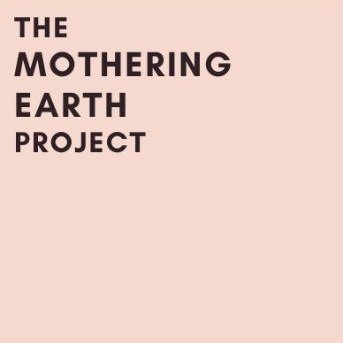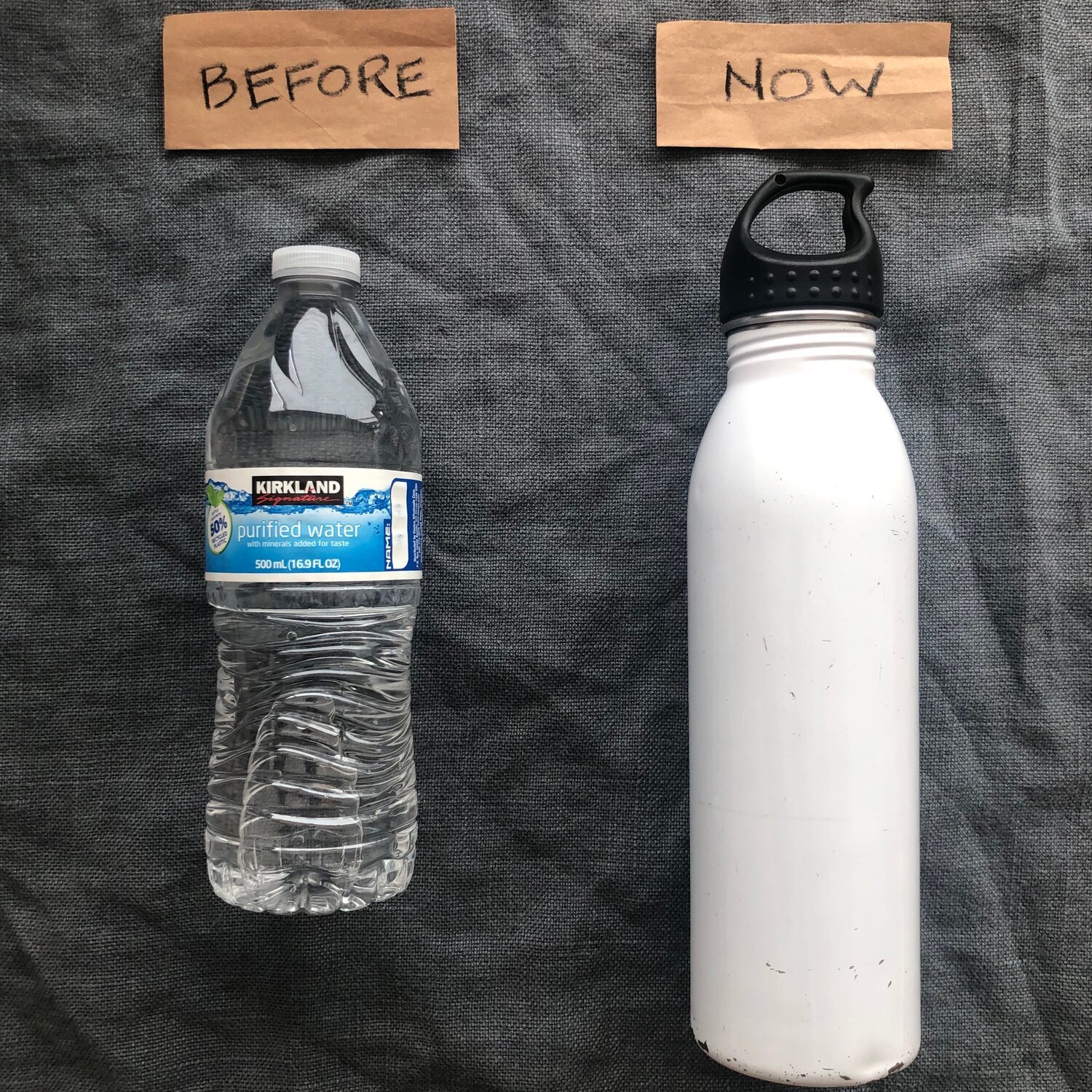8 Eco-Friendly Kitchen Swaps
Break Up with Single-Use Kitchen Items
Moving away from single-use items is the way of the future (hello 2024!). Here are eight super simple shifts you can make this year to make your kitchen more sustainable (and save you money).
01. Produce bags
We have all taken a plastic produce bag from the roll at the grocery store and filled it with fruits or veggies without a second thought—but single-use plastic bags are a waste from start to finish. Not only is their production harmful to humans and the planet, but they also are not easily recycled and often end up scattered in ecosystems, harming wildlife. Even single-use compostable produce bags aren’t necessary when they are more sustainable options.
The Alternative: Bring your own produce bags to the grocery store or farmer’s market instead. Don’t own any produce bags? That’s ok! Reuse a bag (plastic, compostable, paper, etc.) that you already have. Eventually, the bags will start to garner holes. At that point, it might make sense to invest in some reusable bags (hemp, upcycled fabric, organic cotton, or recycled plastic are best). If you sew, you can easily make your own using scrap fabric.
Note: What you put in your bag (the food you are choosing) is even more important than what your bag is made out of... Eating more plants and less meat is one of the biggest ways you can combat climate breakdown daily!
02. Paper Towels
Every day, over 3,000 tons of paper towel waste is produced in the U.S. As many as 51,000 trees per day are required to replace the number of paper towels that are discarded every day. When paper towels decompose in the landfill (like all organic matter in a landfill), they produce methane gas - a greenhouse gas 30x more potent than carbon. If every household in the U.S. used three fewer rolls per year, it would save 120,000 tons of waste and $4.1 million in landfill dumping fees.
The Alternatives: Depending upon the mess you may want to consider using a cellulose sponge, a rag, a cloth napkin, a Swedish sponge cloth, or reusable paper towels. However, you really don’t need to buy anything to replace paper towels. It’s likely you already have what you need. Cut an old towel, dishcloth, or t-shirt to make rags. Convert an old sponge for floor-only messes (cut off a corner and store it under the sink so you don’t confuse it with your dish sponge). Use a cloth napkin instead of reaching for a disposable paper towel. Chances are, you already have what you need.
03. Snack bags
Quit using plastic baggies and start using (and reusing) jars or pouches made from sustainable materials. Plastic snack bags have been a convenient go-to for years, but they are not convenient when it comes to the health of our environment (or ourselves). Shifting away from this habit is not only easy; it’s also a money saver.
The Alternative: Old jam jars. Fill them with snacks (jars conveniently fits in the cupholders of cars so you can have an easily accessible snack on the go), or store leftovers in them.
Don’t want to use glass for kid snacks? Instead, try silicone snack bags (like Stasher Bags), and metal snack containers (Planet Box and U-Konserve make great ones). Investing in a few reusable bags/containers will save you money over time. And if you don’t want to spend money then no problem! Reuse a container you already have... a Tupperware container or an empty cream cheese container are great snack containers. The most sustainable option is to reuse what you already own.
04. Napkins
It takes a lot of energy, water, oil, and trees to make a paper napkin. They need to be processed into paper, made into napkins, packaged (in plastic), and transported. And because they are a single-use item, this happens over and over...using a lot of resources and creating a lot of waste in the process with each and every pack you buy. Not to mention that paper napkins are made of trees which is our biggest weapon at fighting the climate crisis. This is a single-use item that can be easily swapped.
The Alternative: Cloth napkins (linen, hemp, bamboo, upcycled, or organic cotton are best). Avoid synthetics (they’re made of plastic). Even though it may cost more upfront, you’ll save money over time. If you don’t want to buy, ask your parents or a grandparent if they have a set lying around that you can have. You can also make your own or ask for them for a gift (do you have a birthday coming up?).
Be sure to wash only when needed. Using a new clean cloth napkin at every meal is not only unnecessary, but it’s also a waste of water and electricity. Reuse your own cloth napkin until it’s actually dirty. To keep germs separate from other cloth napkin users in your house, use different patterns or colors of the same napkin type.
When your napkin’s life has come to an end, turn the napkin into a rag. When it can no longer be used as a rag, compost it (if it’s made from 100% natural materials).
05. Coffee filter
If a cup of homemade coffee is part of your daily routine, consider ditching your disposable, single-use coffee filter. Not only does it get tossed out (creating waste), many paper coffee filters are bleached with chlorine or oxygen. The process of chlorine is particularly offensive. Environmental Engineering and Management Journal found that discharge from chlorine-bleaching was “the most significant environmental issues” in pulp and paper mills.
The Alternative: There are several different reusable coffee filter options when it comes to replacing your paper coffee filter including a cloth filter, a reusable pour-over filter, or a French press. Choosing the one that is right for you is a matter of preference, but if you are buying new, looking for one that is plastic-free is always a good idea (even if it’s reusable). And remember, using up all of your coffee filters first, before buying a replacement, is a sustainability best practice.
Note: Don’t forget about the coffee itself! Choosing organic Fair Trade coffee means you’re voting with your wallet for organizations that are putting people and the planet first. It is better for the environment, for farmers, and for mankind in general. When you buy organic Fair Trade coffee you are investing in all three.
06. Tea bags
Did you know that teabags are oftentimes made of plastic? It’s true. Plastic is used to seal teabags and to help them maintain their shape when soaked in hot water. Most tea bags contain up to 25% plastic. Steeping a single plastic tea bag at brewing temperature releases about 11.6 billion minuscule particles known as “microplastics” and 3.1 billion “nanoplastics” into each cup. Additionally, unless your tea bag clearly starts that it’s plastic-free (paper, silk, or muslin) it is not compostable and will not decompose.
The Alternative: Loose-leaf teas and a reusable tea strainer. Making the switch from a tea bag to loose leaf is one way to help keep microplastics out of your diet (even most paper tea bags also have plastic fibers used in the sealant). It also reduces what is sent to the landfill since loose-leaf tea can be composted. There are a lot of loose-leaf tea brands out there doing some good are Five Mountain Teas, Alaya Tea, Arbor Teas, and T Project.
When it comes to tea strainers, there are a number of options that really come down to personal preference. Some plastic-free options include a standard tea infuser, a reusable cloth tea strainer, or a travel tea tumbler.
07. Plastic wrap
In 2018, 5.3 million Americans used 10 or more roles of plastic wrap. Plastic wrap is difficult to recycle and is made from harmful chemicals, particularly when they break down in the environment. When plastic wrap ends up in landfills or incinerators, both PVC and PVDC can release a highly toxic chemical called dioxin. In short, it’s bad for both our health and the environment.
The Alternatives: Free alternatives to plastic wrap include items you likely already own such as we already own, such as Tupperware or a repurposed jar. If you’re in the market to buy a substitution, Bee’s Wrap is effective for sealing off a bowl, storing hard cheeses, etc. We like Bee’s Wrap because it is a Certified B Corporation. They use eco-friendly materials including GOTS Certified organic cotton, sustainably harvested beeswax, organic jojoba oil, and tree resin. They are washable, reusable, and compostable. Plus, they make their wraps in the U.S.
08. Water bottle
This might seem like the most obvious of swaps but 1 million plastic bottles are sold per minute worldwide. Only about 23% of plastic bottles are recycled within the U.S. Americans purchase about 50 billion water bottles per year, averaging about 13 bottles per person per month. (Not to mention the amount of microplastics you consume when drinking from plastic water bottles.)
The Alternative: An easy (and money-saving) switch is to start using a refillable bottle. You’ll save money and help the planet. If you’re out and about and forgot your water bottle, either buy water in a glass bottle instead (which you can continue to refill and recycle at the end) or look for a spot that uses washable glassware where you can ask for a glass of water. If you don’t want to buy a new bottle, you can always use an old mason jar instead. Or head to your local thrift store - there is always quite a hefty collection of secondhand water bottles.









